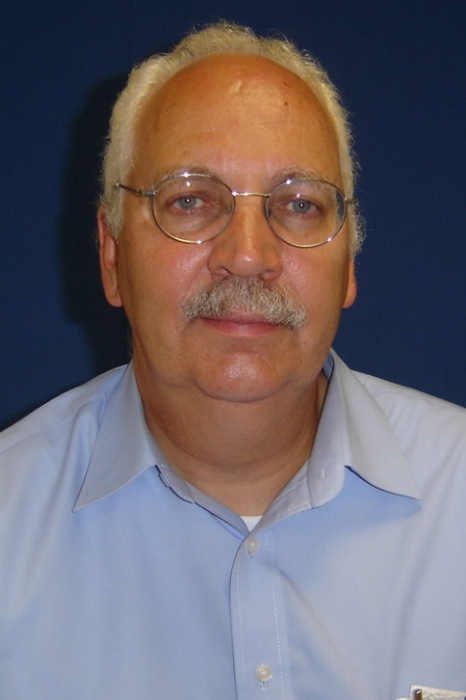ODU Hosting International Conference on Atmosphere Monitoring
October 12, 2012
 Peter Bernath
Peter Bernath
More than 50 scientists from four countries will be on the Old Dominion University campus this week for a workshop that will help promote space satellite-enabled research of the chemical composition of the Earth's atmosphere.
Numerous studies related to ozone depletion and climate change will be discussed at the workshop, which has been organized by Peter Bernath, chair of the Department of Chemistry and Biochemistry at ODU.
The workshop's focus is on the Atmospheric Chemistry Experiment (ACE) mission on the Canadian satellite SCISAT and the Stratospheric Aerosol and Gas Experiment (SAGE-III) of NASA.
In 2014, NASA plans to attach SAGE instrumentation to the International Space Station (ISS) rather than to an unmanned satellite, and this pending development is another focus of the meeting, which is titled "International ACE/SAGE III - ISS Workshop." It is being held Oct. 15-17, with meetings in ODU's Webb Center.
"Participants are from the U.S., Canada, Belgium and Japan," Bernath said. "It is a technical workshop, with the main point being that satellite missions such as ACE and satellite instruments such as SAGE-III-ISS are able to make global observations of air pollutants and greenhouse gases that are responsible for climate change. We will be discussing progress and future plans."
SCISAT, which was launched in 2003, takes measurements consisting of spectra and images that are used to investigate chemical and dynamical processes in our atmosphere. Bernath, who formerly was on the faculty of the University of Waterloo in Canada, has served as the chief scientist for the experiment.
A key instrument for ACE, a Fourier Transform Spectrometer, has been monitoring ozone concentrations near the poles and trace gases involved in the photo-chemical processes related to stratospheric ozone creation and depletion. ACE-FTS has also developed data that have been used to study an ever broadening set of atmospheric molecules at various latitudes. The scientific scope of the mission has moved from an ozone-focused mission to one that is monitoring carbon dioxide and other greenhouse gases.
The first SAGE instrument went up in 1979, and several additional SAGE instruments have been launched since then. The SAGE-III instrument that was stored for many years at NASA-Langley is currently being refurbished to study ozone and aerosols in the atmosphere. Ozone, which acts as a sunscreen for Earth, has been recovering recently due to policy changes brought about by the Montreal Protocol of 1987. When SAGE-III is mounted on the ISS, the orbital path of the space station will maximize the scientific value of the experiment and prove that atmospheric science instruments do have a place on the space station.

